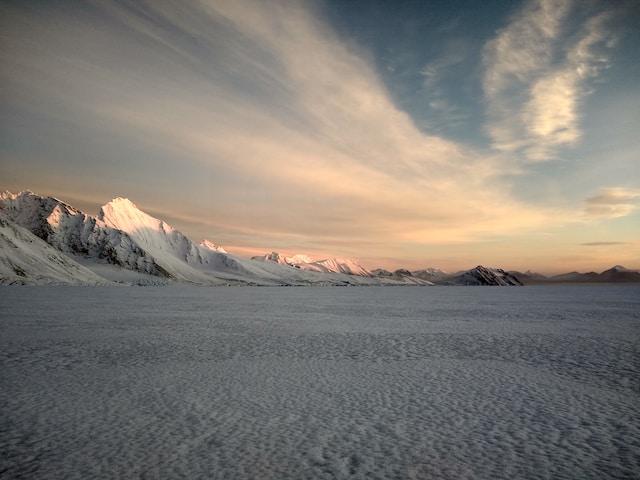
New article published on Nature Geoscience

New article authored by Dr Deepashree Dutta, one of our post-doctoral researchers working under the supervision of Dr Francesco Muschitiello on the area of climate modelling has been published in the journal Nature Geoscience.
The abstract discusses the early Eocene period's unique climate, marked by a weaker equator-to-pole temperature gradient than today. While previous studies proposed the role of polar stratospheric clouds in Arctic warming due to greenhouse forcing, they didn't consider atmospheric chemistry or topography. Using a high-top atmospheric model, this study incorporates these factors. It finds that early Eocene conditions, combined with high methane levels, lead to increased polar stratospheric clouds, resulting in a substantial radiative forcing exceeding direct methane greenhouse effects. This cloud-induced forcing could cause significant Arctic surface warming, indicating the potential for nonlinear interactions between different climate forcings.
There is also a report on the Research section of the University's website here titled "Why do climate models underestimate polar warming? ‘Invisible clouds’ could be the answer".

